Speech, language and communication
Communication and language skills are vital for your child’s development. These skills will affect their future life chances and relationships. It can also impact your child’s ability to learn, make friends and develop ideas and opinions.
If your child has additional needs visit our specific section for more support
The differences between speech, language and communication
Speech, language and communication can be easily confused. Here are the differences between them:
Speech is how you say it. It is how clearly you speak, using the right sounds and putting them in the right order so that others can understand you clearly.
Language is what you say. It is how we use words and sentences to understand and express
Communication is the message you are trying to get across. You can communicate without words by using gestures, expressions and moving your body.
Learning to communicate
Find other pages on speech, language and communication

Bilingualism
Bilingualism is the ability to communicate in two or more languages. Learning two languages is a common and a completely normal childhood experience.
Read more
Communicating with your baby
Babies can communicate from the moment they are born. As soon as they arrive, your baby is learning about speech, language and communication. When communicate with your baby, you are helping them learn to communicate. It's also important for you to understand how your baby is trying to communicate with you.
Read more
Developing language
As children grow older, their list of words they know becomes bigger and more complicated. They learn new ways to put words together into sentences. Their understanding and comprehension of spoken, non-spoken and written communication also improves.
Read more
Helping your baby or toddler to talk
Talking can be intimidating for babies and toddlers. It can take some toddlers a little longer to speak. Every child is different and may start speaking earlier or later than others.
Read more
Screen time
Screens can be a big part of children's lives. They include televisions, phones, tablets and computers. Screens can be fun and educational, but too much screen time can affect how children and young people develop, learn and communicate. It's important to find a balance between using technology and supporting your child's development.
Read more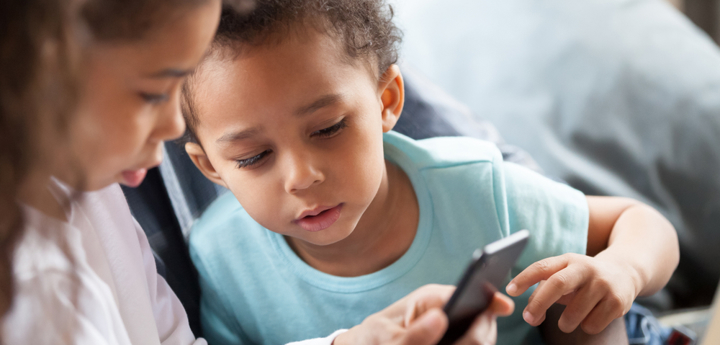
Selective mutism or situational mutism
Selective mutism is an anxiety disorder. It is where a person who is able to speak, cannot speak in specific situations or to certain people. Selective mutism will often come with shyness or anxiety.
Read more
Stammering
Stammering (also known as stuttering) is a difference in how speech sounds and words flow. It can develop gradually or your child can suddenly start stammering.
Read more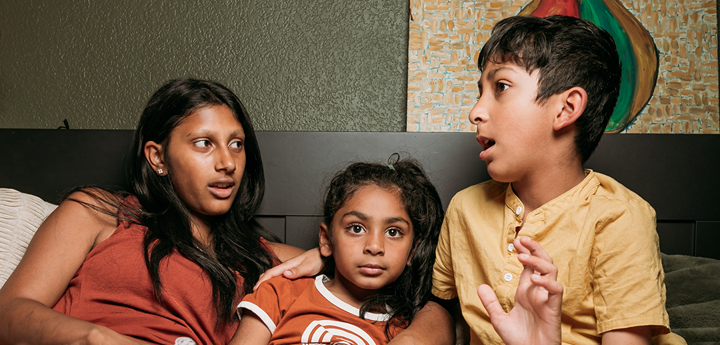
Storytelling and narrative
Learning to tell a story and sequence events are essential skills for children and teenagers to learn. It will help them understand the order of events and how to tell an engaging story. These stories can be from their imagination or repeating the events of the day.
Read more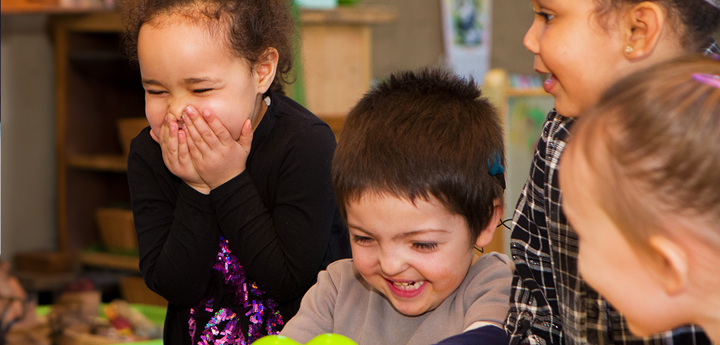
The importance of play
Some of the skills learned whilst your child is playing will turn into social skills. When you play with your child, you are strengthening your relationship with them and helping them learn social skills.
Read more
Tongue tie
Tongue tie is when the tongue is restricted. This is caused by the fold under your tongue (also known as the frenulum) being too tight or short. It can also cause the tip of the tongue to look blunt, forked or have a heart shape in appearance.
Read moreFind other pages about learning to communicate

Attention and listening skills
The most important skills needed for communication are attention and listening skills. All other communication skills are based upon the ability to pay attention and listen.
Read more
Playing and social skills
Play is your child’s way of exploring and learning about the world. It can help them understand new words and learn how to communicate with others. Playing and social skills are important for your child to learn.
Read more
Understanding language
Understanding spoken language helps children follow instructions, answer questions, understand stories and identify objects and pictures. A child’s understanding of language is usually ahead of their ability to use language.
Read more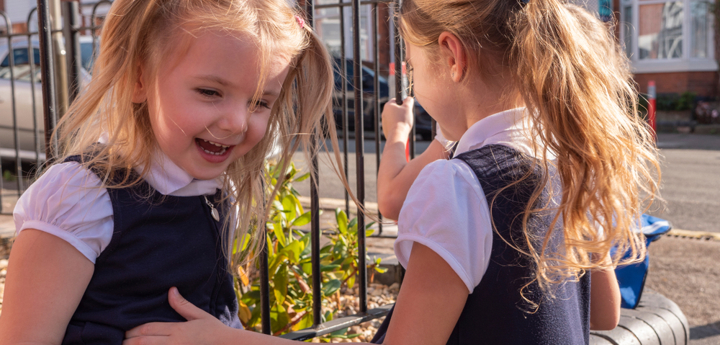
Using language
Use of language is also known as ‘expressive language’. It is how your child is learning to say new words and put them together into sentences. Use of language also includes non-verbal communication like gestures.
Read more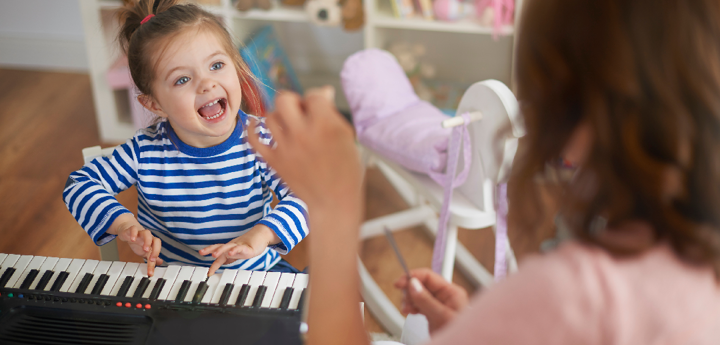
Speech sounds
Speech sounds are the individual sounds we use to make words. The sounds we make when we speak are made from the voice box (larynx), mouth muscles, jaw, lips, teeth, and tongue. In English we have 46 sounds for 26 letters of the alphabet.
Read moreWho can help
If you have any questions or concerns about your speech or use of language, a health professional in our team will be able to offer advice and support.
You can email ccs.bedsandlutonchildrenshealthhub@nhs.net
You can call 0300 555 0606
Open Monday to Friday 9am to 5pm (excluding bank holidays).
Or you can text:
- 07507 331456 if you live in Bedfordshire
- 07507 331886 if you live in Luton
Open Monday to Friday 9am to 4:30pm (excluding bank holidays).
